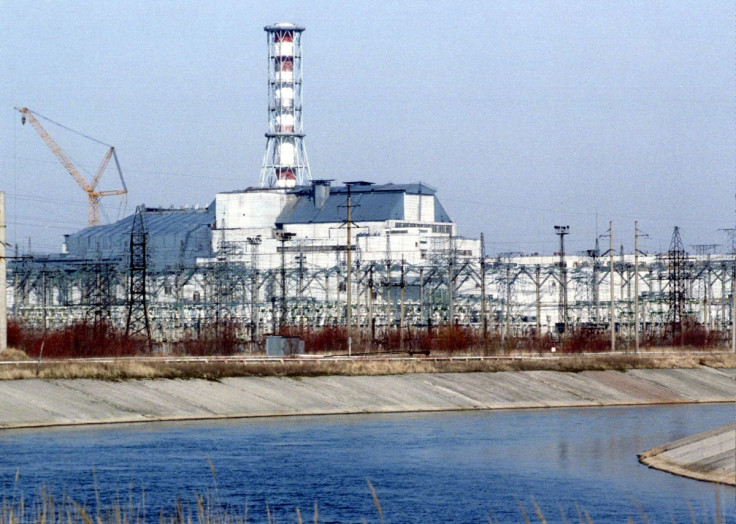Chernobyl Disaster: 28 Years On Radiological Damage Still Poses 'Catastrophic' Threat to Ukraine

Chernobyl, site of a disastrous nuclear meltdown in 1986, still poses a threat of spreading radioactivity across Ukraine through "catastrophic wildfires".
As the 28<sup>th anniversary of the nuclear accident approaches, scientists at the Chernobyl and Fukushima Research Initiatives at the University of South Carolina have found radiological damage to microbes near the site has led to a slowing of the decomposition of fallen leaves and other plant matter.
This has resulted in a build-up of dry, loose foliage that poses a threat of wildfire, which would result in the further spread of radioactivity from the area most contaminated by the nuclear disaster – the Red Forest.
Researcher Tim Mosseau said: "We were stepping over all these dead trees on the ground that had been killed by the initial blast. Some 15 or 20 years later, these tree trunks were in pretty good shape. If a tree had fallen in my backyard, it would be sawdust in 10 years or so."
The researchers put uncontaminated leaf litter in mesh bags across the Red Forest to look at how fast the material decomposed.

Analysis of these bags nine months later showed higher background radiation was corresponded with lower decomposition. In the most contaminated areas, leaf decomposition was lowest.
Researchers concluded that decomposition is hindered by radioactive contamination and that slower decomposition is also indirectly linked to slow plant growth because decomposed plant matter is nutrient for growing plants.
"It's another facet of the impacts of low-dose-rate radioactive contaminants on the broader ecosystem," Mousseau said. "We've looked at many other components, namely the populations of animals in the area, and this was an opportunity for broadening our range of interests to include the plant and microbial communities."
Discussing the more urgent risks posed by continued contamination, he added: "There's been growing concern by many different groups of the potential for catastrophic forest fires to sweep through this part of the world and redistribute the radioactive contamination that is in the trees and the plant biomass. That would end up moving radio-cesium and other contaminants via smoke into populated areas.
"This litter accumulation that we measured, which is likely a direct consequence of reduced microbial decomposing activity, is like kindling. It's dry, light and burns quite readily. It adds to the fuel, as well as makes it more likely that catastrophically sized forest fires might start."
© Copyright IBTimes 2025. All rights reserved.






















